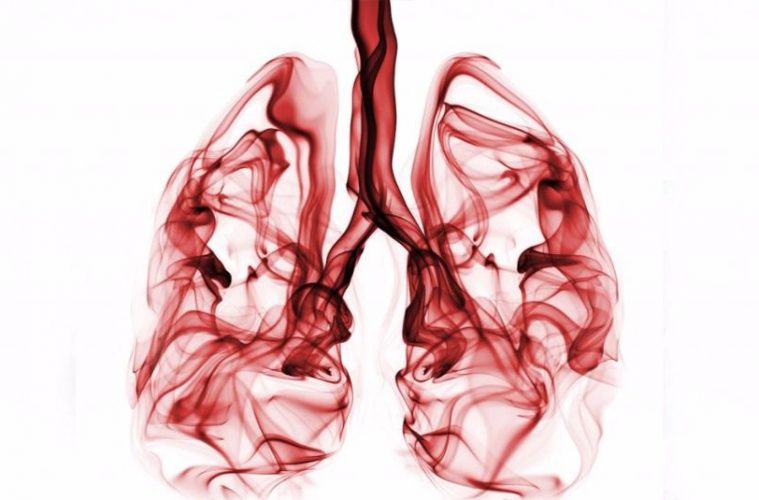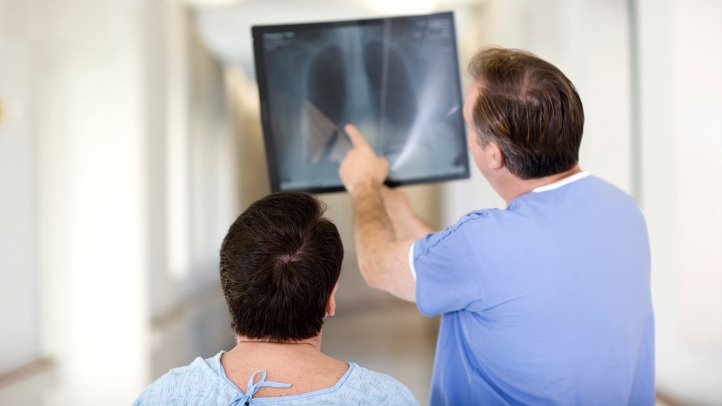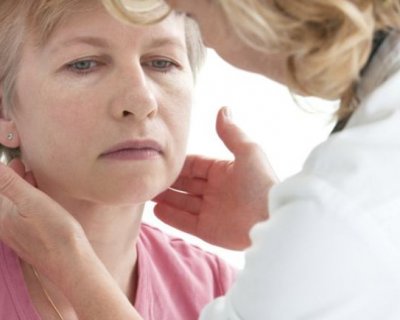
Are There No Symptoms?
Sadly, lung cancer’s symptoms aren’t visible until it has reached the advanced stage. Doctors are still looking for any similar characteristics that are more common in the early stages. Below are mentioned the symptoms that it may include:
-Coughing up blood, even a small amount
-A new cough that doesn’t go away
-Losing weight without trying
-Shortness of breath
-Hoarseness
-Chest pain
-Bone pain
-Headaches
Nothing to Be Ashamed
“Everyone deserves healthcare without judgment. Very few other diseases carry the stigma that lung cancer does. Lung cancer patients get asked all the time whether they smoked. But it’s been turned around to target the patient,” tells Antonoff. Many times patients are not comfortable in sharing their smoking past and some don’t even quit after the diagnosis.
Pointless To Quit
If someone is diagnosed with lung cancer, it is always suggested for them to quit smoking while many people think it is useless for the patients to quit anyway. “There’s clear data on the outcomes of operating on smokers vs. nonsmokers, and a patient is more likely to have problems after surgery — such as needing a ventilator or having to be admitted to the ICU — if they’re still smoking. It’s so important that I request that all my patients quit prior to getting surgery. Continuing to smoke also increases your likelihood of developing a second lung cancer,” stated Antonoff.
E-cigarettes?
Usually, people switch to e-cigarettes to lower their risk of cancer but as Antonoff said, “we don’t yet have a lot of longterm data on vaping, but we know that users are exposed to carcinogens from using them.” E-cigarettes include tobacco-extracted nicotine, that is addictive. Researchers have proved that more than half of those who vape smoke regular cigarettes.
Complications
The person suffering from lung cancer faces the following complications:
-Pain
-Coughing up blood
-Shortness of breath
-Fluid in the chest (pleural effusion)
What When It Spreads?
As cancer spreads, additional symptoms are based on new tumors form.
-Lymph nodes: lumps, particularly in the neck or collarbone
-Bones: bone pain, particularly in the back, ribs, or hips
-Lymph nodes: lumps, particularly in the neck or collarbone
-Brain or spine: headaches, dizziness, balance issues, or numbness in arms or legs
-Liver: yellowing of skin and eyes (jaundice)






